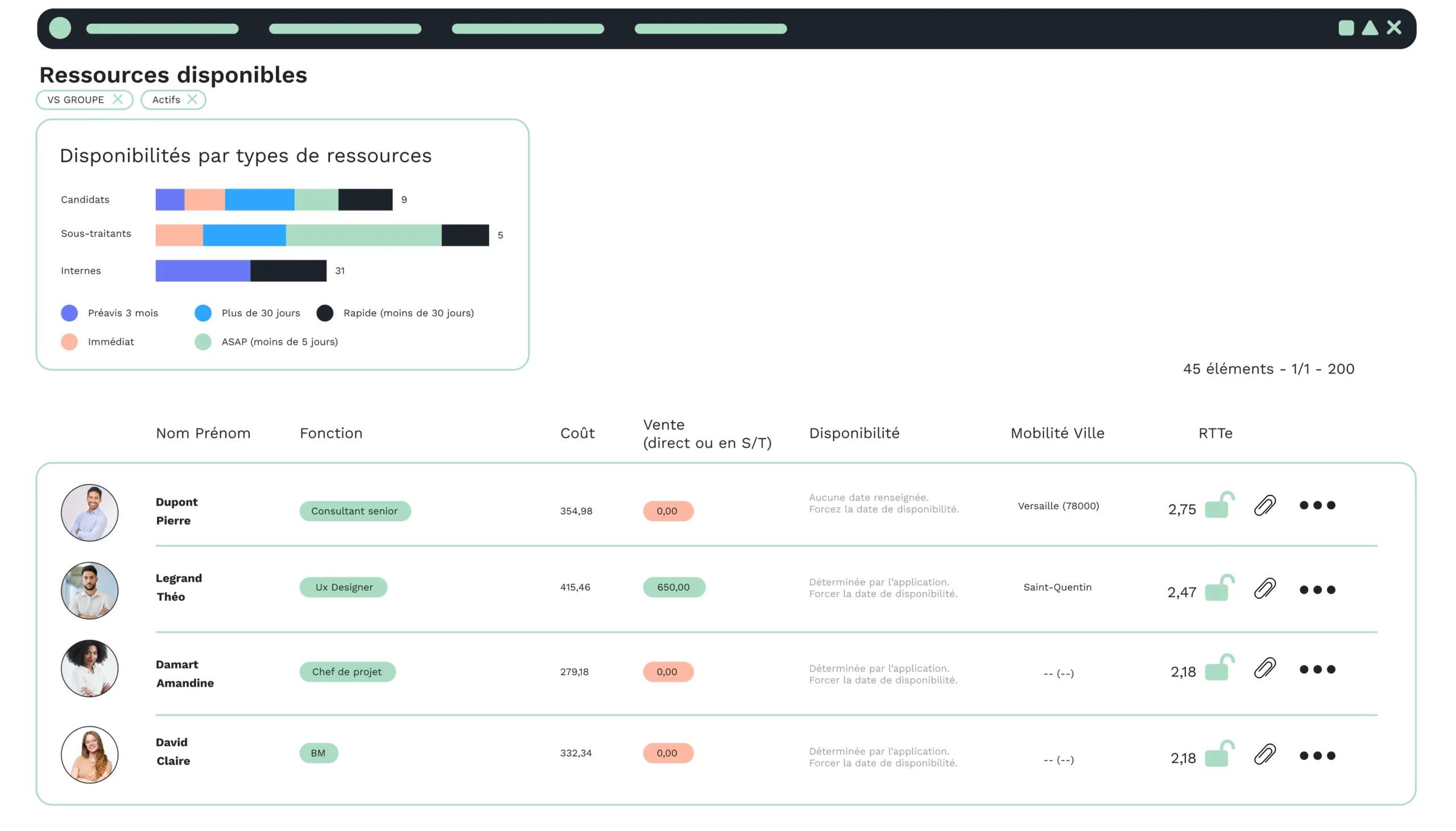Why dematerialize time reporting in your IT services company?
Excellent question! This may be for ecological, economic or time-saving reasons.
In any case, the dematerialization of the activity report or monthly activity sheet, depending on how you like to call it within your digital services company, will have a positive impact.
Let’s take a look at 5 good reasons to dematerialize your IT services company time reporting.
What is dematerialization?
Dematerialization is the process of carrying out administrative processes in digital format.
This means that documents previously produced on paper are now produced in digital format and archived in the same format.
The dematerialization process implies a massive elimination of the use of paper in the company’s business processes.
So, instead of printing or scanning the time statement and sending it to the customer, the company will simply edit it in digital format and send it by e-mail or make it available on a platform.
Dematerialization can involve invoicing, pay slips or activity reports, for example.
In this article, we’ll focus on the dematerialization of activity reports.
IT services company: 5 good reasons to go paperless with Activity Report
Because it’s a time-consuming task
Every month, your consultants have to fill in an Excel spreadsheet with information linked to their projects and missions: time spent on a project, progress report, etc.
For your consultants, this task brings no particular value to their work. On the contrary, it’s time-consuming and, above all, not rewarding.
Even so, it’s a time-consuming task they have to perform every month for the good of the company.
By dematerializing the process, you reduce the time required by simplifying the procedure, as the employee only has to fill in a table each month, pre-filled by the IT tool.
Because you optimize your human resources
Run, ask, print, scan, send, etc. So many words to describe the administrative paperwork involved in managing activity reports. In fact, consultants often forget to declare their time, and human resources and managers have to make monthly reminders to the employees concerned.
The dematerialization of the Activity report A saves time and automates management, with reminders for latecomers, access to declaration details, the possibility of influencing workflow, a cross-functional view, and more.
This provides a vision of actual and forecasted activity, enabling us to analyze the profitability of a project or assignment, and moreover, to better allocate resources.
Because you optimize your costs
Dematerialization reduces paper and ink consumption, and frees up space for archiving.
It also saves time, and time wasted on low-value tasks is money.
You can also evaluate the cost of a project/assignment thanks to reports that will enable you to make strategic decisions.
Because you’ll get better billing
The activity report serves as the basis for customer invoicing. It allows you to invoice him for the hours spent on the project or assignment.
Invoicing is smoother, faster and fairer.
Because you centralize information
The activity report will no longer exist in several versions in mailboxes or directories. Centralization within a common tool will give you quick and easy access to the one right version for you and the customer.
You’ll know where to find the information you need, and save time on your administrative processes.
To conclude, here are some good reasons to dematerialize your Activity report.
Dematerialization enables administrative processes to be transferred to a digital format.
This dematerialization has a number of advantages for the management of activity reports: it saves money, optimizes processes and centralizes data useful for invoicing and managing projects and assignments.
Computer graphics







